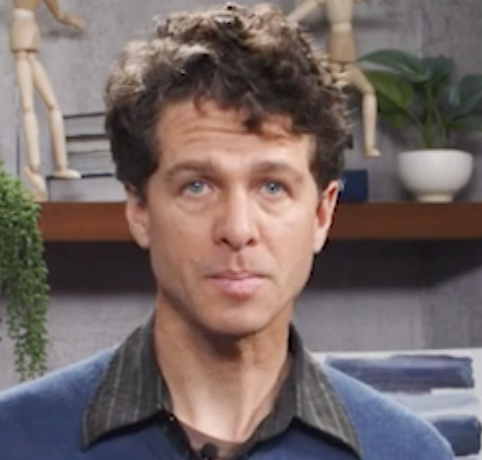
Second Round of Color
Stuart LoughridgeAfter completing a pencil drawing for reference and the first layer of paint known as the dead color, it’s time for the second round of color. The second round of color increases the color range as well as the value range.
Stuart Loughridge’s gouache landscape painting shows the process of taking the initial limited value and color ranges and adding more information to develop a more completed painting. He shows the differences in the chroma of paints that he will be using now as the color range expands. Once he introduces those colors the painting takes on a completely different look. He works quickly to get the paint on the surface because the medium dries very rapidly. He also uses large brushes for big masses that help him get paint in passages quickly.
The second round of color is thinking about the “next level” in the painting. Don’t get too involved in any area. Think about all of the value and color relationships instead. It’s not about finishing the painting, just advancing it.
Gouache dries darker than when wet, so you may need to take some moments to see how it dries in an area and adjust the value or color as you need to. Stuart describes how he makes those decisions throughout the painting. As he continues to work the second layer, colors from the dead color stage are used underneath to add dimension and interest. To add even more interest he shows how to glaze over the lights he had staged for the purpose.
Your second round of color is the “meat” of the painting because it develops form on the flat poster dead layer. Though you need to make decisions quickly because of the quick drying medium, take some time to really think about your value and shape relationships as you develop the painting.
